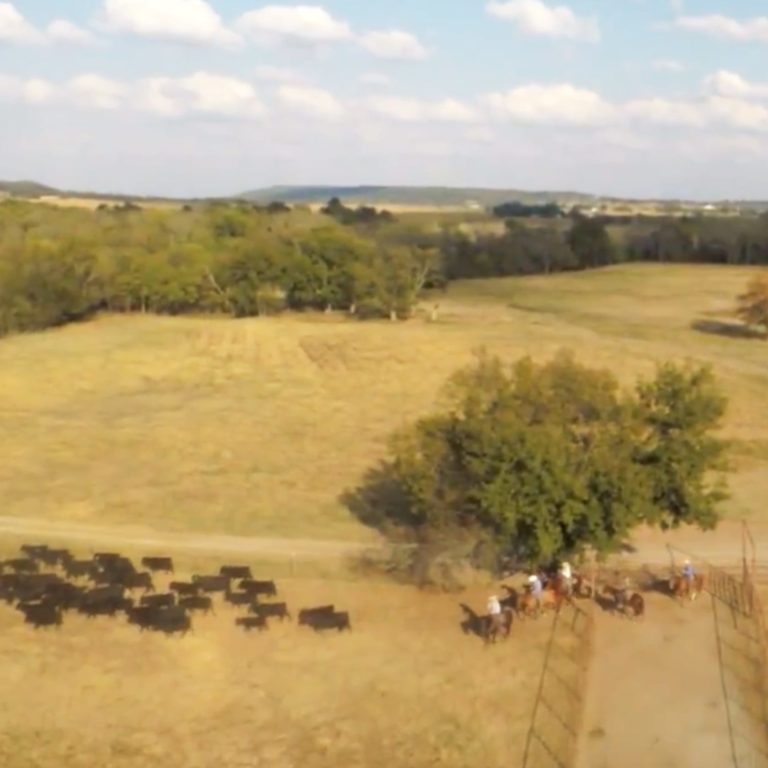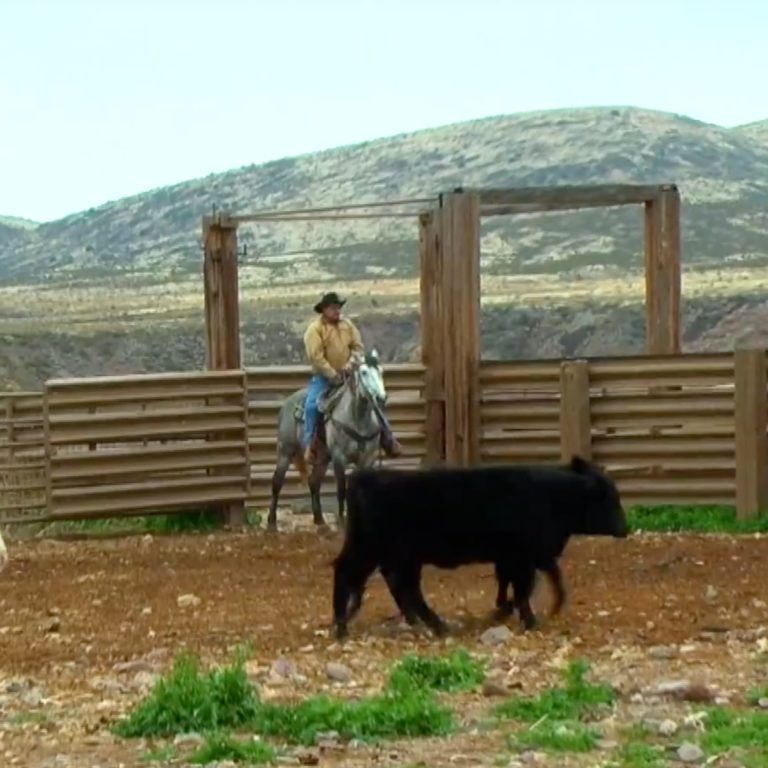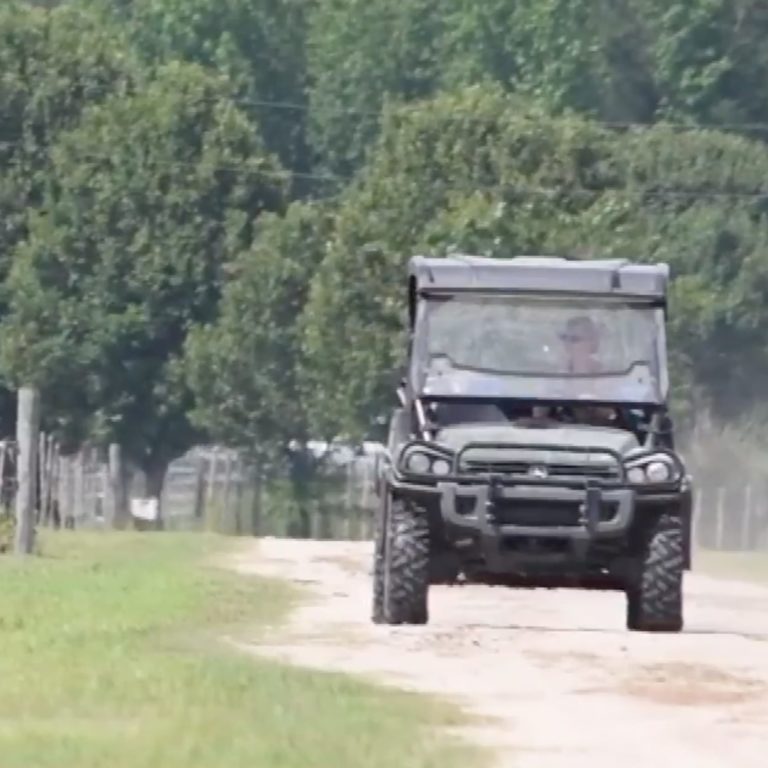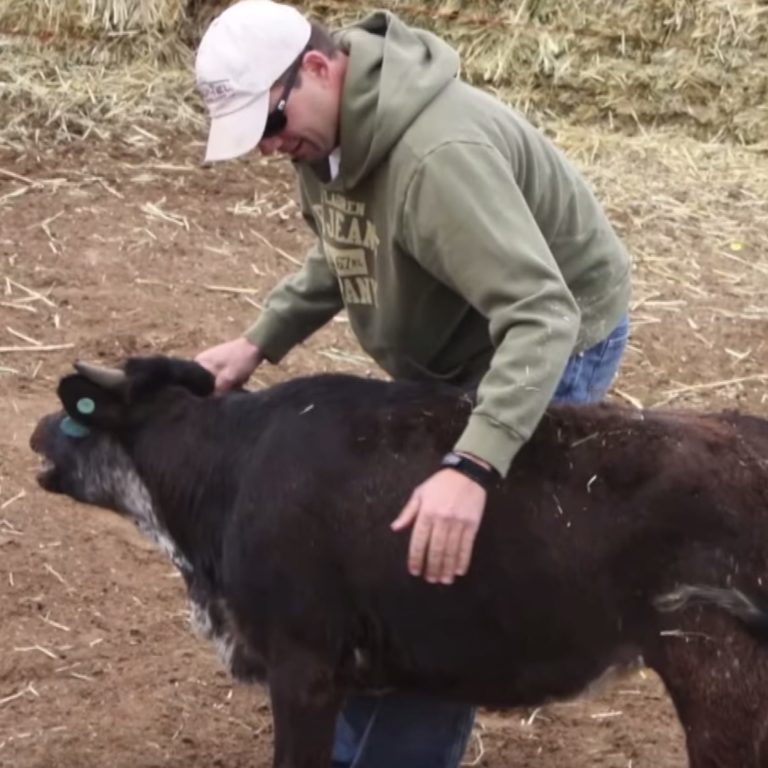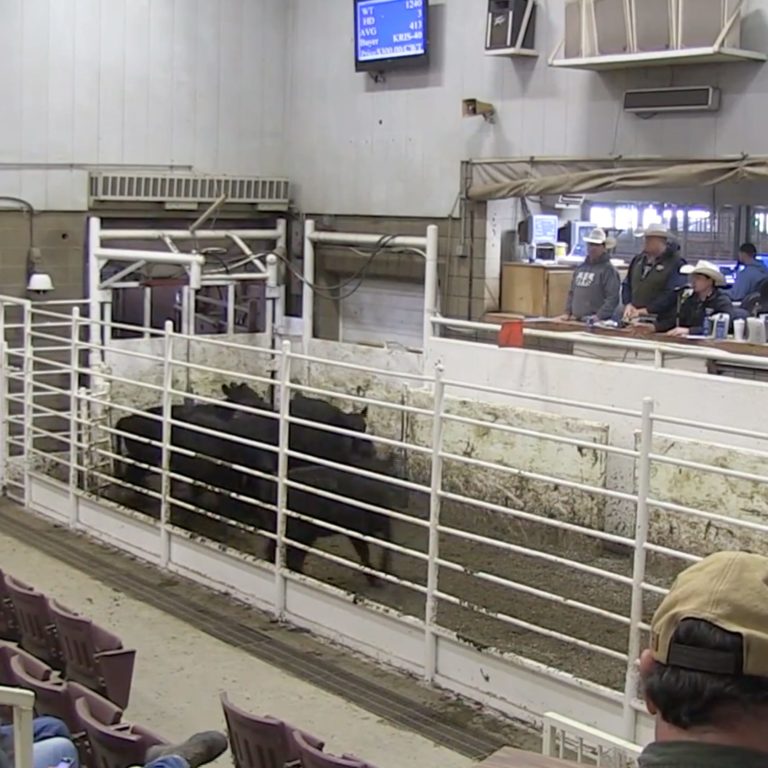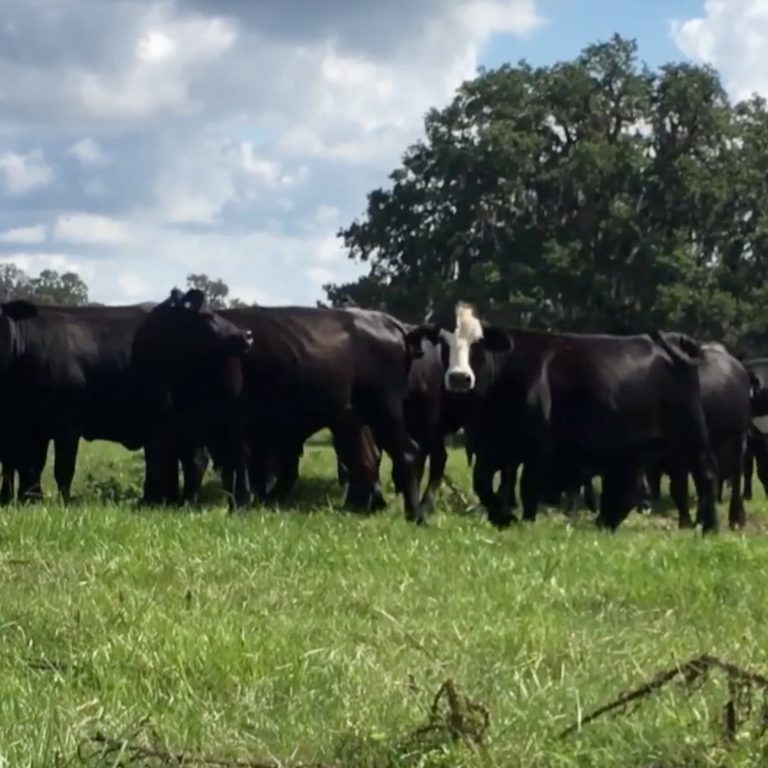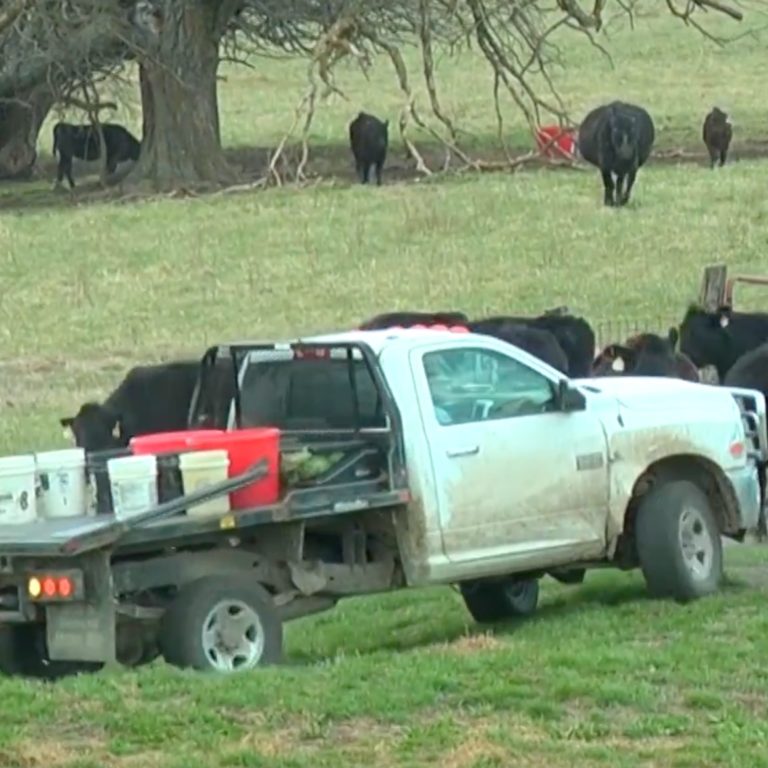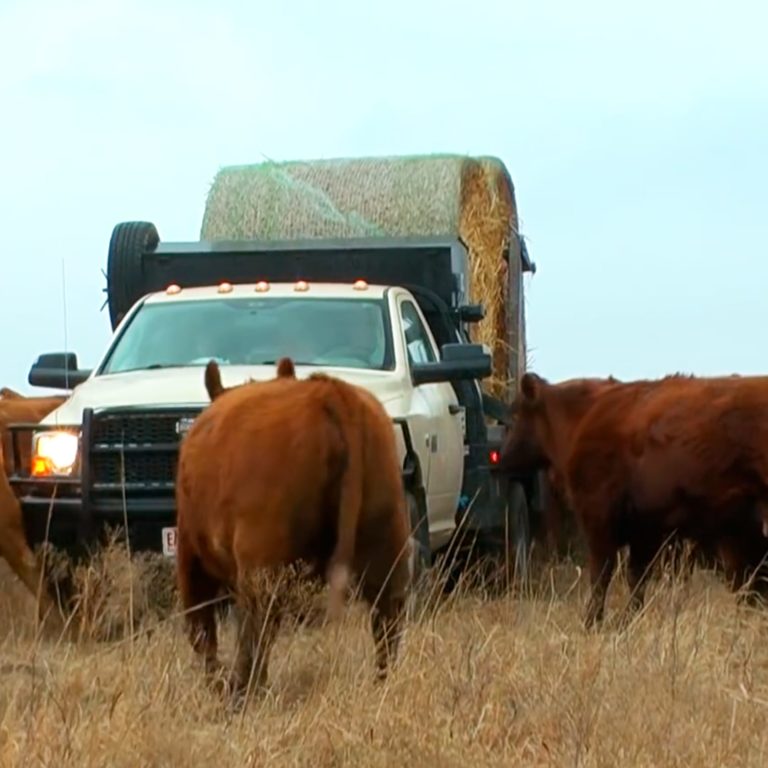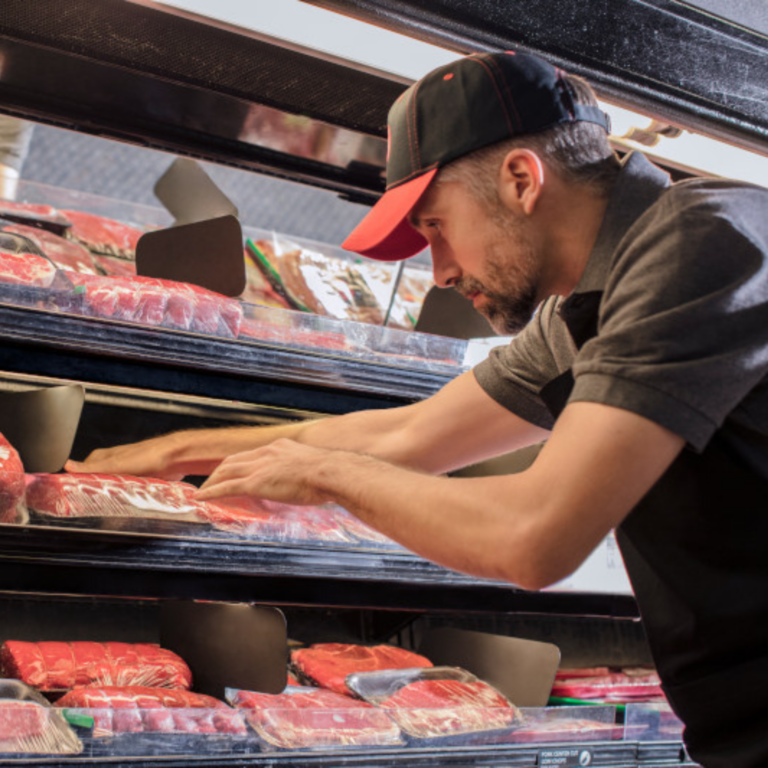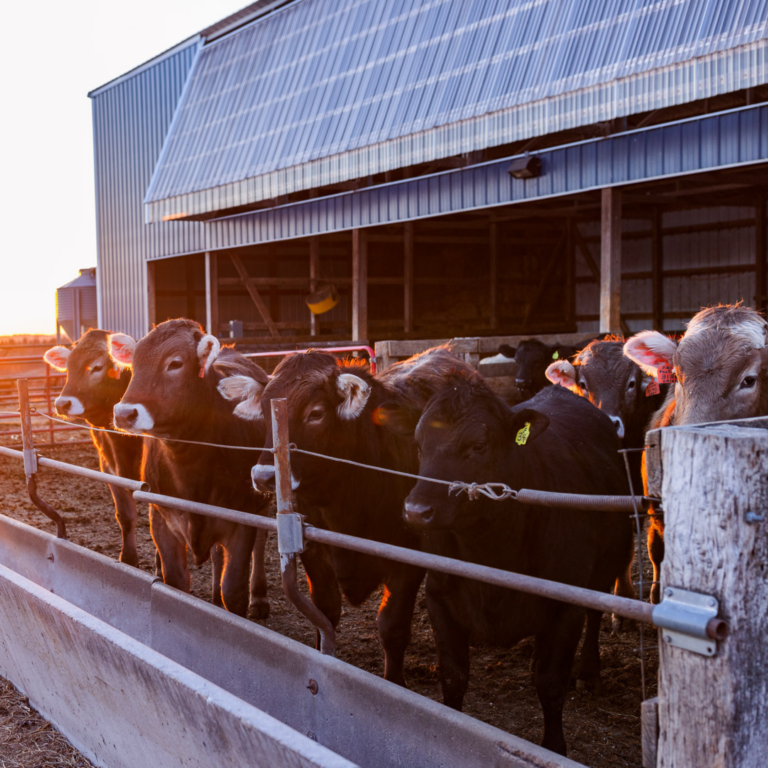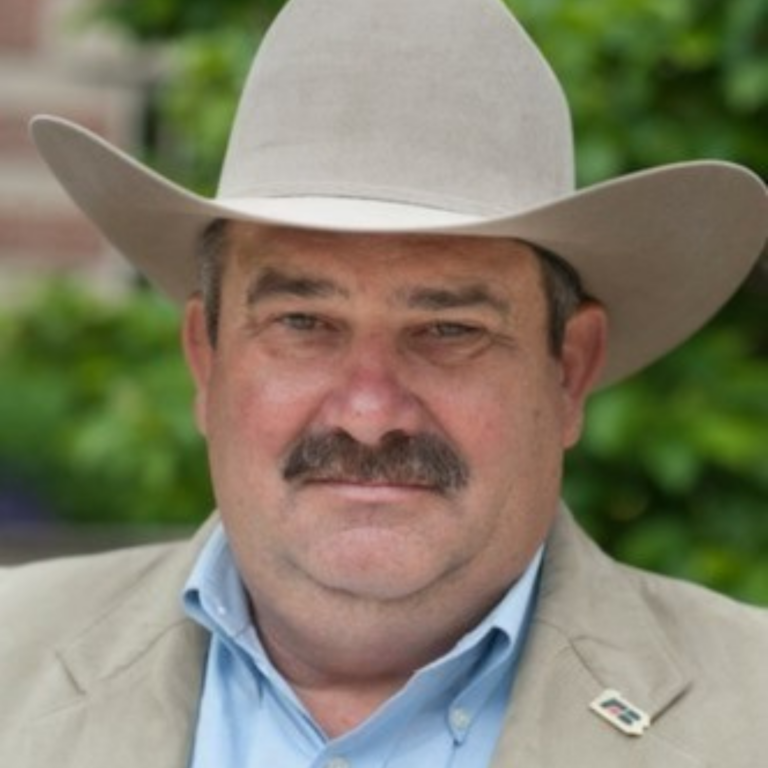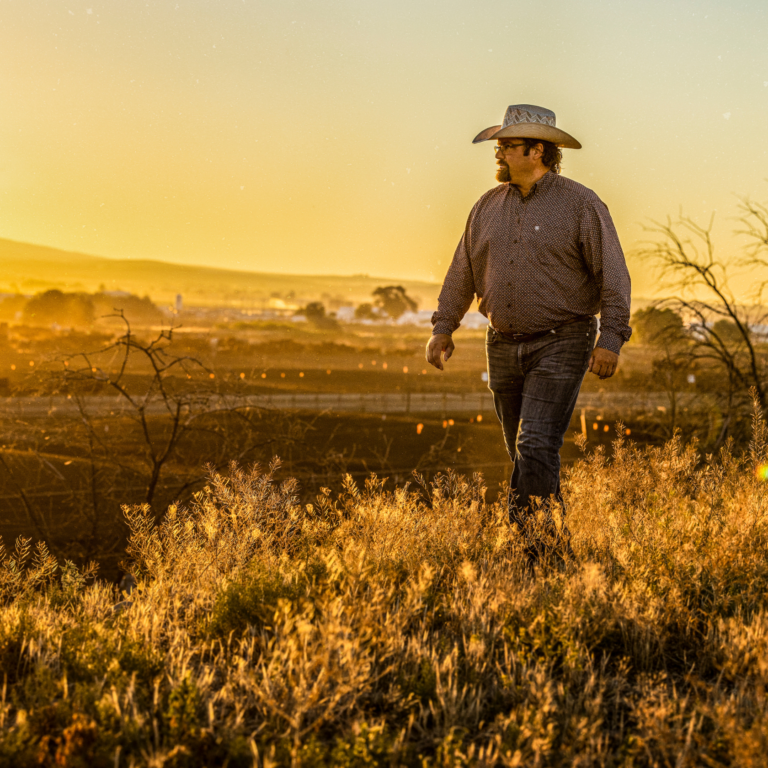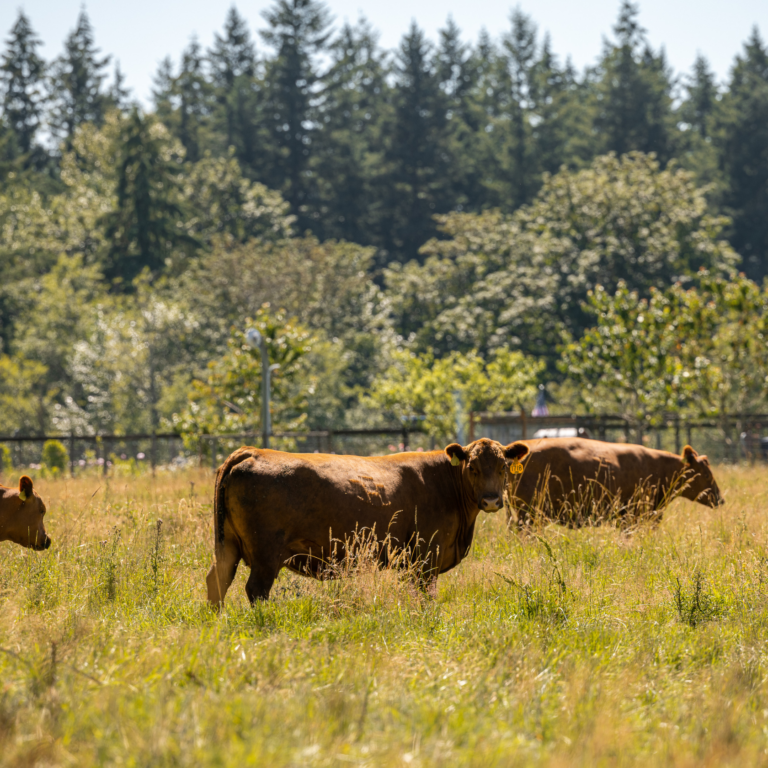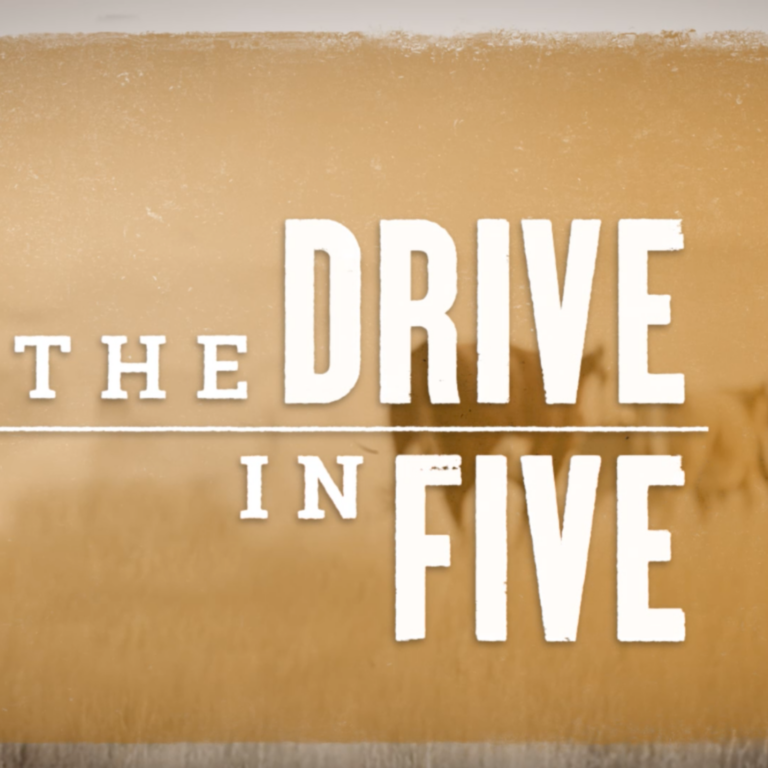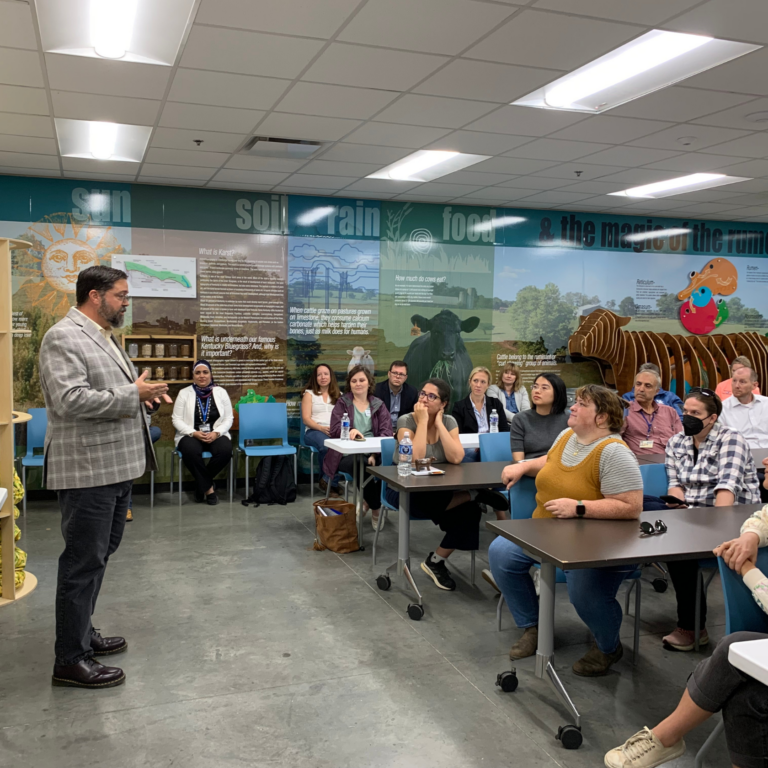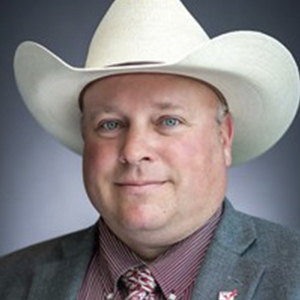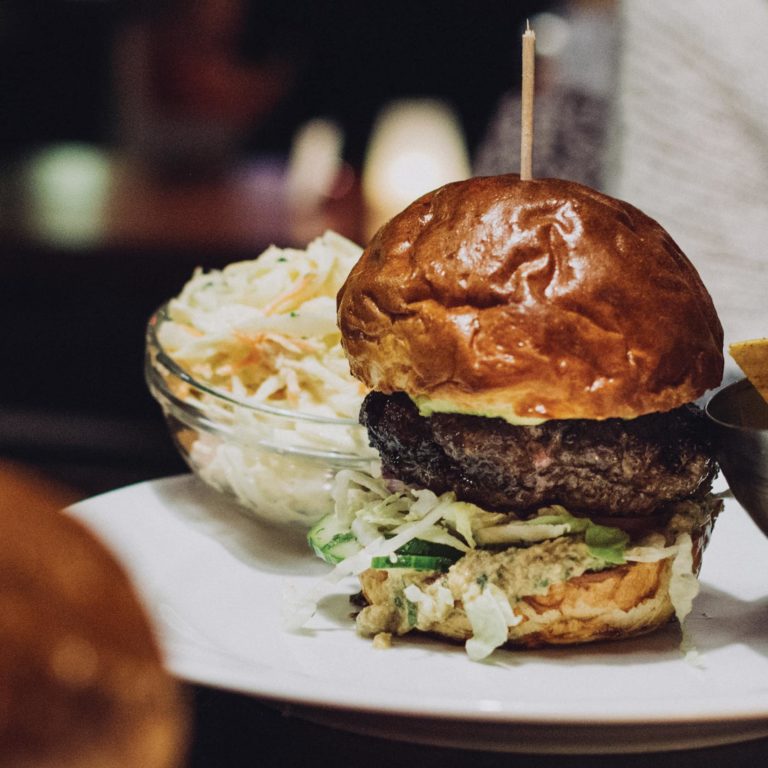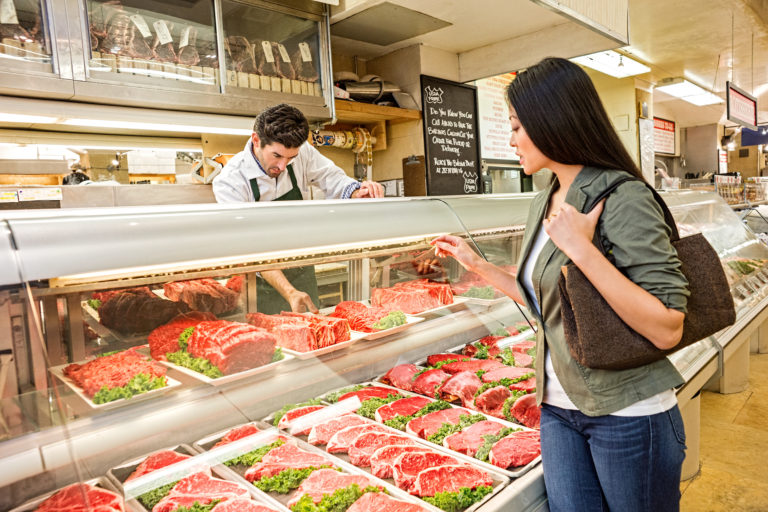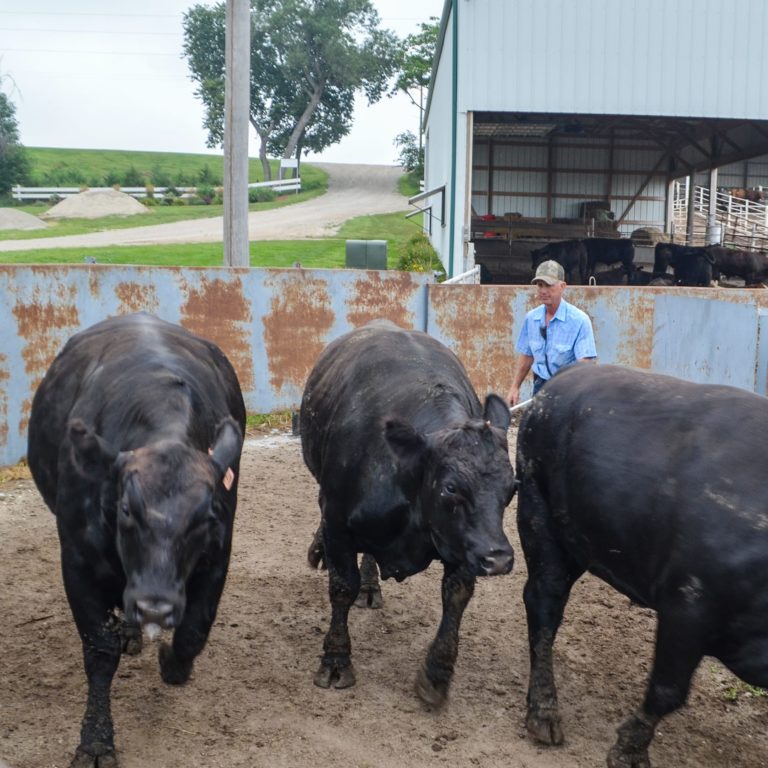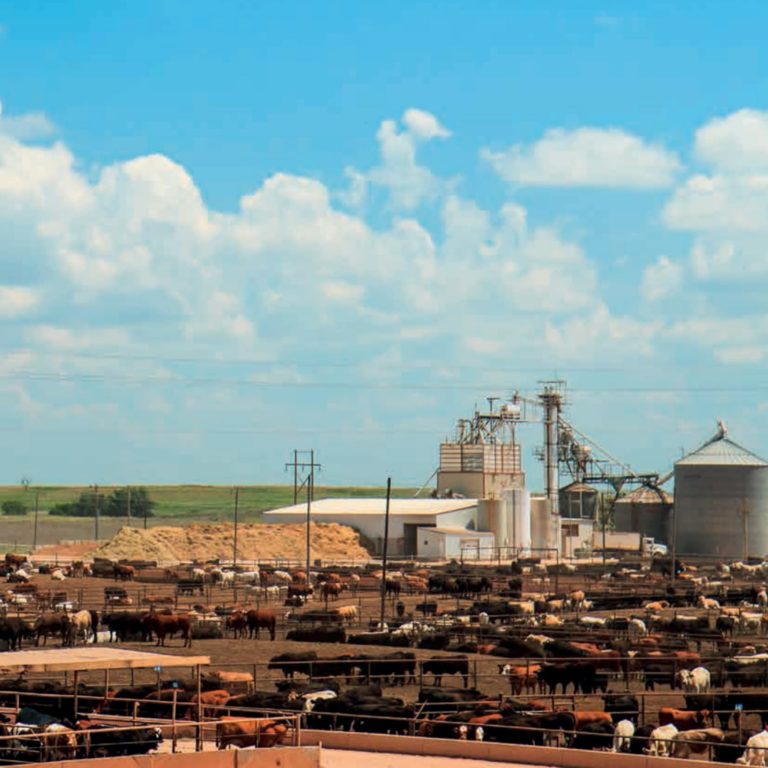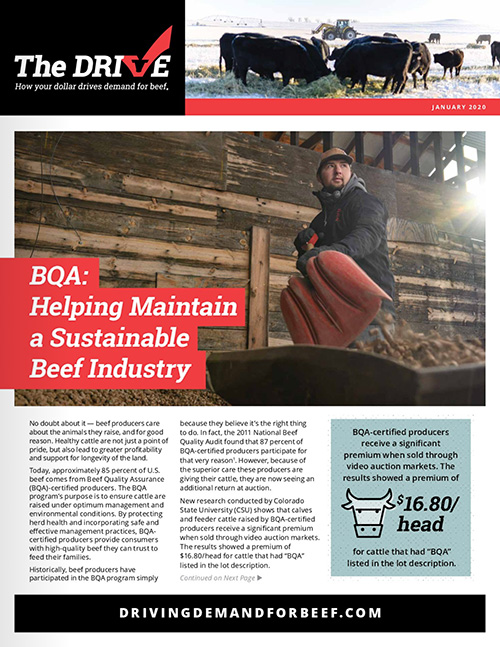Pass It On! Checkoff Provides Sustainable Future for Beef Industry
The Beef Industry Long Range Plan (LRP) is developed every three to five years and lays out aggressive goals to strengthen the beef industry. As part of this initiative, the Beef Checkoff interviewed cattlemen and women across the country to hear the checkoff is helping them for long-term success on their operations.
Triangle H: Garden City, Kansas
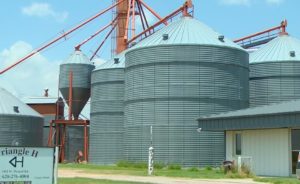 Sam Hands says business planning for future generations is a critical part of the Triangle H ranch south of Garden City. Hands was one of the first six Beef Checkoff volunteer leaders from Kansas back in the checkoff’s first year in 1986.
Sam Hands says business planning for future generations is a critical part of the Triangle H ranch south of Garden City. Hands was one of the first six Beef Checkoff volunteer leaders from Kansas back in the checkoff’s first year in 1986.
“It was very humbling and gratifying to see all segments of the industry come together with a common goal, and that was to advance the sustainability of the beef industry by way of a product that was going to bring satisfaction to our consumer,” says Hands.
“[The Beef Checkoff] has allowed us to bring future generations into the operation for the beef industry to have a sustainable future.”
How does the Beef Checkoff Help?
The Beef Checkoff plays an important role growing and maintaining beef demand, thus opening new opportunities for cattle producers to sustain their businesses for generations to come. That includes keeping close tabs on what consumers want in terms of end products, as well as sharing information regarding safe and sustainable beef production carried out by cattle producers — ensuring that’s what they find at the meat case when they go to purchase food for their families.
It’s no small task, but checkoff investments are part of the reason that beef demand has remained strong throughout the extremely tight supplies of recent years. In fact, a study by Dr. Harry Kaiser at Cornell University demonstrates that every checkoff dollar invested has a return on investment of $11.20. That means that every dollar invested by cattle producers returns $11.20 more to an operation than would have received without the checkoff in place.
The Beef Checkoff program was established as part of the 1985 Farm Bill. The checkoff assesses $1 per head on the sale of live domestic and imported cattle, in addition to a comparable assessment on imported beef and beef products. States may retain up to 50 cents on the dollar and forward the other 50 cents per head to the Cattlemen’s Beef Promotion and Research Board, which administers the national checkoff program, subject to USDA approval.




